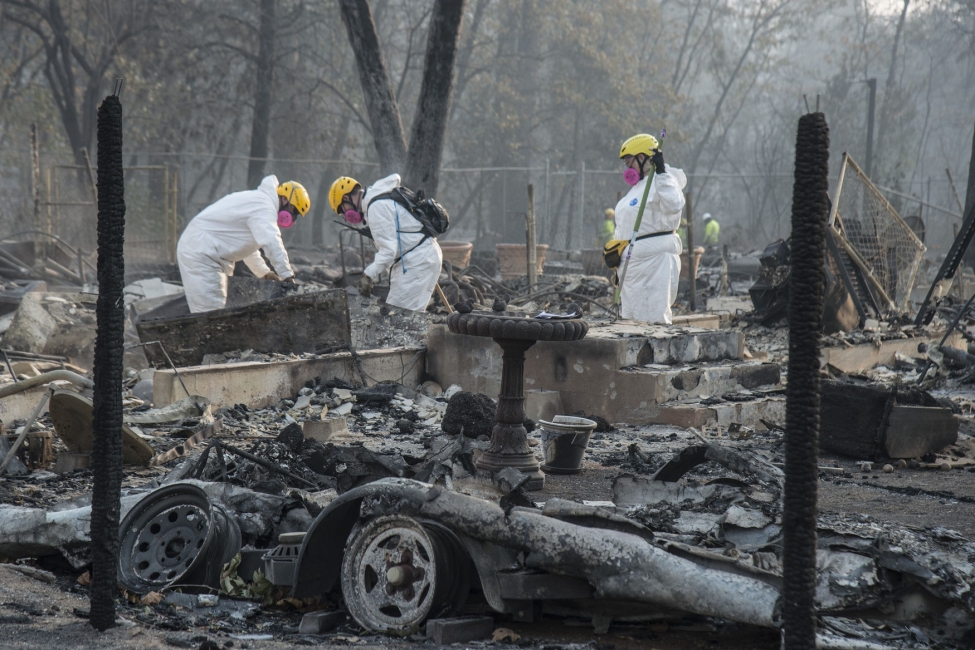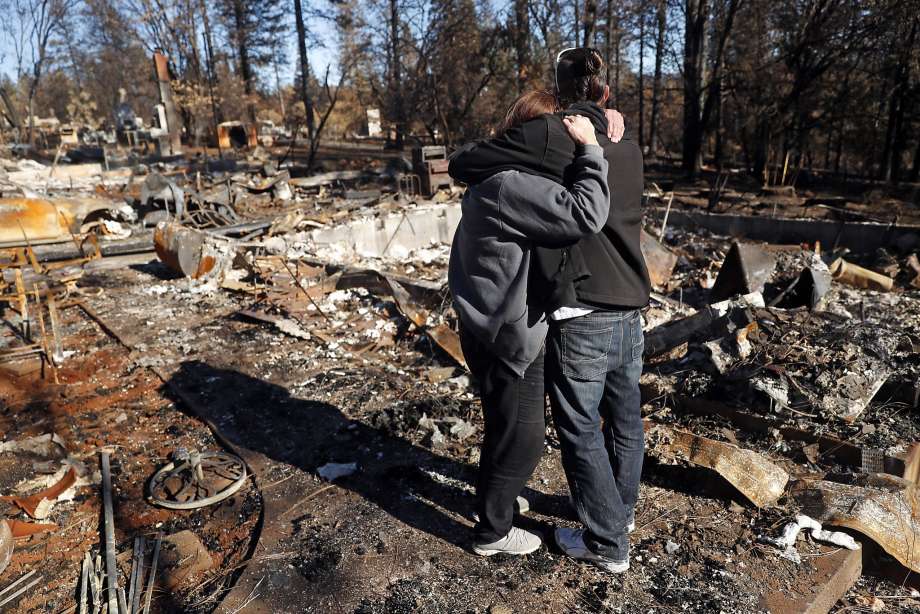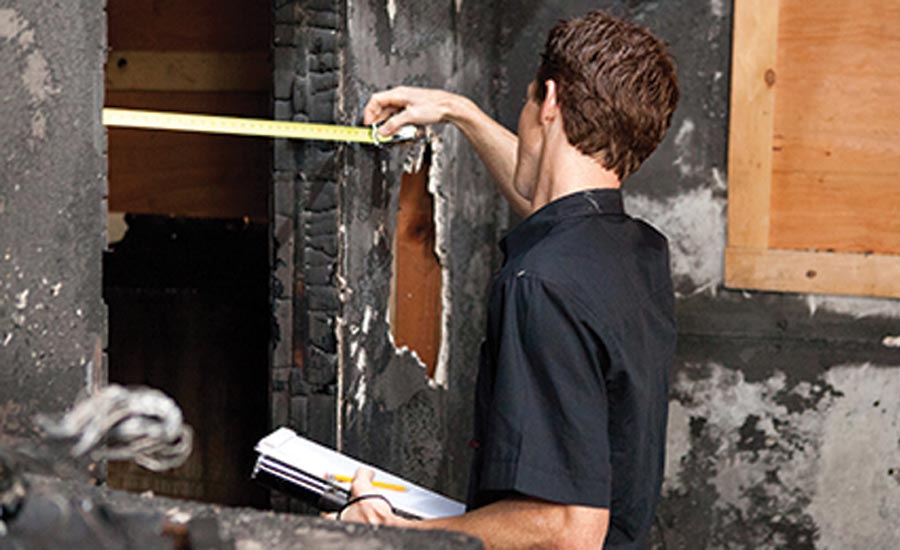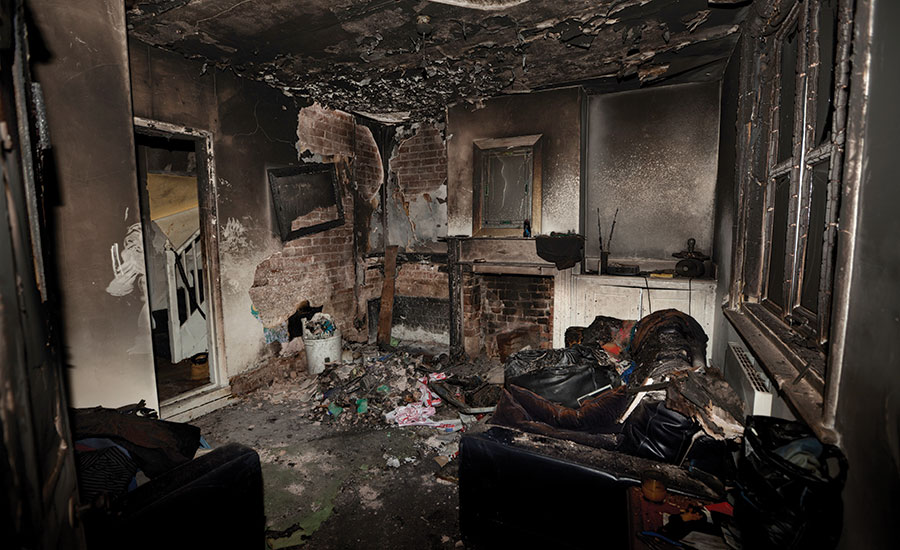Fire & Smoke Damage Restoration Services near Anaheim, CA

Fire or Smoke Damage in Anaheim? We’re Here to Help — 24/7 ⭐⭐⭐⭐⭐
When a fire occurs in your home or business, the aftermath can be overwhelming. You're left with damage, debris, and uncertainty about what to do next. At Rewind Emergency Services, we understand the stress and urgency that comes after a fire — and we’re ready to help you start putting the pieces back together immediately
Whether your damage is from flames, smoke, or water from firefighting efforts, our Anaheim team is trained, certified, and ready to respond.
When You Need Professional Fire/Smoke Damage Restoration
Even after the flames are out, fire and smoke can leave behind hidden dangers including toxic residues, structural instability, and lingering odors. Smoke particles can seep into walls, vents, and furniture, creating long-term health hazards if not properly removed.
At Rewind Emergency Services, we use advanced equipment and proven cleaning methods to eliminate soot, neutralize odors, and ensure your home or business is safe, clean, and livable again.
Trying to handle fire damage on your own can actually make things worse causing further contamination, risking your safety, and even impacting your insurance claim. That’s why calling a certified fire restoration company is not just a convenience, it’s a necessity.
Why Homeowners in Anaheim, CA Trust Rewind Emergency Services
Local & Responsive - We’re based right here in Southern California. We know the unique fire risks of Anaheim — from hillside homes to older electrical systems — and we’re always nearby and ready.
IICRC-Certified Technicians - Our team is fully certified in fire and smoke restoration techniques and uses industry-leading equipment to clean, sanitize, and restore.
We Handle the Entire Process - From debris removal and odor neutralization to structural drying and rebuilding, we manage everything so you don’t have to.
Insurance Experts - We work directly with your insurance company to simplify claims and reduce your stress.
We’re Local - Rewind Emergency Services been serving the Orange County area since 2016. We take great pride in taking care of our neighbors!

Our Fire Damage Restoration Process — Step by Step
24/7 Emergency Response – Because we're based near Anaheim our team can arrive quickly to stabilize the scene, prevent further damage, and begin the recovery process.
Comprehensive Damage Assessment – We thoroughly inspect the affected areas and tailor a step-by-step restoration strategy specific to your property and situation.
Safe Cleanup & Soot Removal – Burnt materials and debris are carefully removed. Then, we clean all surfaces to eliminate embedded soot and smoke stains.
Odor Elimination & Air Cleaning – Using commercial-grade air scrubbers and deodorizing technology, we clear the air of smoke particles and lingering smells.
Full Repairs & Property Restoration – We handle everything needed to rebuild or restore your home or business — returning it to a safe, clean, pre-loss condition.

You’re Not Alone — Hear From Our Customers
“We were overwhelmed after the fire, but Rewind made it manageable. They arrived the same day, took charge of the process, and even coordinated with our insurance. Truly grateful for their support.”— Joseph R., Anaheim resident ⭐⭐⭐⭐⭐
Time Matters — Don’t Delay Cleanup
Smoke and soot damage isn’t just cosmetic — the longer it lingers, the more damage it can cause. Quick action helps reduce costs, prevent further loss, and protect your health.
📱(714) 494-9940
🕒 24/7 Emergency Service Available
Or send us a message and we'll reply promptly.
Serving Anaheim, CA & the Surrounding Areas
We’ve helped homeowners and property managers across Orange County recover from fire, smoke, and water damage. Let us help you get your life back to normal.

Fire Damage Restoration FAQs
How long does the fire damage restoration process take?
The timeline depends on how severe the damage is. Minor smoke damage might be resolved in just a few days, while more extensive fire damage — especially involving structural repairs — can take several weeks. We’ll give you a detailed estimate after the initial inspection.
Can I stay in my home during the restoration process?
That depends on the level of damage and whether your home is safe to occupy. In many cases, it’s best to arrange temporary housing while we complete the work, especially if there are air quality concerns or major repairs underway.
Will my insurance cover fire damage restoration? Most homeowners insurance policies do cover fire damage — but coverage details can vary. We work closely with insurance companies in Anaheim and throughout California to make sure the process goes as smoothly as possible for you. We're happy to assist with documentation and communication.
What should I do immediately after a fire?
First, make sure everyone is safe and the fire department has cleared the area. Then, contact your insurance provider and reach out to a professional restoration company like Rewind Emergency Services. The sooner we begin the cleanup process, the more damage we can prevent.
How do you remove smoke odor from my home?
Smoke odor can be stubborn — but we use professional-grade ozone machines, air scrubbers, and thermal fogging equipment to eliminate it completely. Our goal is to leave your home smelling fresh and truly clean, not just masking the odor.
